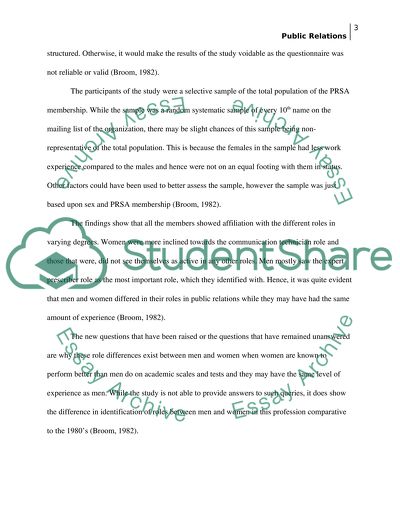Cite this document
(“A Comparison of Sex Roles in Public Relations Term Paper”, n.d.)
Retrieved from https://studentshare.org/sociology/1394998-a-comparison-of-sex-roles-in-public-relations
Retrieved from https://studentshare.org/sociology/1394998-a-comparison-of-sex-roles-in-public-relations
(A Comparison of Sex Roles in Public Relations Term Paper)
https://studentshare.org/sociology/1394998-a-comparison-of-sex-roles-in-public-relations.
https://studentshare.org/sociology/1394998-a-comparison-of-sex-roles-in-public-relations.
“A Comparison of Sex Roles in Public Relations Term Paper”, n.d. https://studentshare.org/sociology/1394998-a-comparison-of-sex-roles-in-public-relations.


